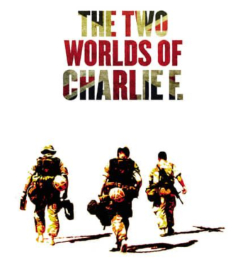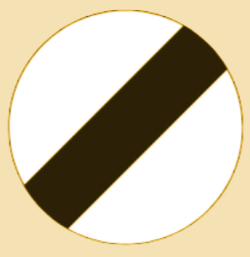
Write on and change your life
Creative Writing can help people recover from life’s misfortunes: bereavement, depression, divorce, surgery or mental illness. If you’re troubled and feel you’re struggling to cope with a life burdened by one or more of these, read on.
Many say the same thing and I have my own proof with the amazing people who’ve joined one or more of the courses I’ve run over the last 10-15 years.
Some of those who enrolled had been trying to write for years, but never managed to get started. Others had dabbled, but without much success.
Some continued writing long after the course was over and at least one went on to a Creative Writing course at university.
It doesn’t matter if you haven’t strung two sentences together since you were at school, but writing can lift you out of gloomy ruts, teach you more about yourself and take your life in surprising new directions.
An example I’ve used in the past to show how writing can help involves a stage play, ‘The Two Worlds of Charlie F’, which was written by veterans from the conflicts in Afghanistan and Iraq. Servicemen and women who had been physically or mentally damaged in these places used writing to help them overcome their injuries.
When they took their script to the impresarios of London’s West End, nobody wanted to know, but the Royal British Legion saw the power of what they’d written and helped them financially. When their writing was finally staged, the play was a sensation and enjoyed national and international tours. The West End experts ate their earlier words and were full of praise.
So what is Creative Writing? I see it as any writing outside a shopping list, a complaint about your electricity bill or a note in a card to a great uncle in hospital.
There are university courses devoted to the subject and others that include modules involving Creative Writing. Don’t let academics discourage you or be put off by textbooks.
My courses were designed to take individuals who might never had written anything remotely creative and lead them in small steps to the point where they could compose some accessible poetry or write a professional looking short story of up to two thousand words.
We started with simple verses: Haikus, Clerihews and Limericks, examples of which are shown, in that order, on the right. Don’t be afraid to be more ambitious if you’re used to writing, simply decide whether you’re going to fill your page or computer screen with fact or fiction.
If you can’t think of anything to write about look at the image above: the top of a lonely-looking lamppost at dusk in the North Norfolk town of Cromer.
Haikus come from Japan and comprise three lines: the first of five syllables, the second of seven and the third, again, five. They are deceptively simple, can have surprising depth and make you think and see familiar things differently. The three lines together are said to represent what a Japanese-speaking person could say in one breath.
Clerihews are more flexible. They were invented by Edmund Clerihew Bentley when he was a 16-year-old schoolboy in London. They contain four lines, the first being a person’s name, invariably someone famous who is easily lampooned, politicians are obvious targets. The remaining three lines tell a story, the second line rhyming with the first and the last two lines with each other.
Most of us can recite Limericks from memory, many of them hilarious, but too bawdy for general use. They comprise five lines and use the rhyming pattern AABBA, in which the first, second and fifth lines rhyme, while the third and fourth also rhyme, but they’re shorter with a different rhyming words.
Traditionally, they start with ‘There was an old/young man/women from somewhere’. Pick a place that has plenty of rhyming words. Leeds and York are obviously easier than Darlington or Manchester.
We all read out loud what we’d written and that made us laugh and boosted our confidence.
Next we looked at the ballad form, perhaps the oldest way in which stories were passed verbally from one generation to the next. We looked at some of Charles Causley’s ballads before everyone had a go. Then we moved on to monologues, dialogue and descriptions of objects and locations.
Give it a try. You’ll surprised how easy it is to get started, and how rewarding it can be.
*****



